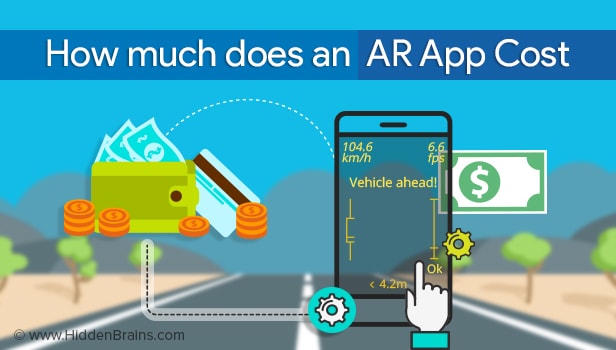The end result of software development efforts in the delivery of the product which satisfies user requirements and provides the desired output. But, this statement seems incomplete. Rather it should be, ‘...product which satisfies user requirements and provides the desired output continuously’. The product is expected to change or evolve with time, delivering incessant output. Defects are uncovered, operating environments changes and new user requirements surface only when the product is in operation.
Software maintenance or product maintenance process is one important part of a software life cycle. The need to integrate product maintenance or software maintenance is increasing with time. A few years back, it had failed to receive the same degree of attention that the other phases had.
As far back as we remember, software development has had a much higher profile than software maintenance in most organizations.
This needed to change. Companies today strive to squeeze get most out of their investment by keeping software operating as long as possible. How would you define product maintenance? Let’s keep it as simple as possible:
It can be termed as the totality of activities that are needed to provide cost-effective support to the product or software. These activities can be performed during the pre-delivery stage as well as during the post-delivery stage. Activities can include but are not limited to, ops planning, maintainability, logistics determination for transition activities, software modification, training, and, operating or interfacing to a help desk.
Why is there a need for product maintenance?
Maintenance is vital in ensuring that the software continues to meet user requirements.
Maintenance is applicable to software developed using any existing product life-cycle model like spiral or linear. These software products change due to corrective and non-corrective software actions.
Most importantly, maintenance is vital in correcting faults; improving the design; implementing enhancements; interface with other software; adapt programs so that different hardware, software, system features, and telecommunications facilities can be used; migrate legacy software, and retire software.
Product maintenance process types
There are mainly 5 different types of product maintenance services. These are:
Corrective maintenance:- The activities are destined to correct the defects to be found in the different equipment and that are communicated to the maintenance department by the users.
Time-Based Maintenance:- This maintenance consists of a series of elementary tasks like data collections, visual inspection, cleaning, lubrication, retightening screws and a plethora of other things for which no extensive training is necessary.
Predictive Maintenance:- It requires one to consistently know and report the status and operational capacity of the installations by knowing the values of certain variables, which represent such state and operational ability. Physical variables like temperature, vibration, power consumption are crucial and must be taken into consideration for this case. Predictive maintenance requires technical expertise and precision.
Preventive Maintenance:- Is applied in order to maintain a level of certain service on equipment, programming the interventions of their existing or seemingly possible vulnerabilities in the most opportune time. In preventive maintenance, the equipment is inspected even if it has not given any symptoms of having a problem.
Conclusion
Increased competitiveness calls for more productive output for companies. In order to stay productive, companies need to perform efficiently round the clock. And, round the clock efficiency can only be achieved if each and every aspect of an organization is working in perfect harmony. This can only be assured with correct product maintenance process.



0 comments:
Post a Comment